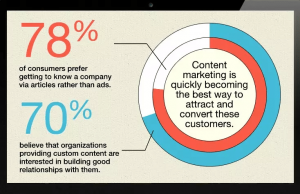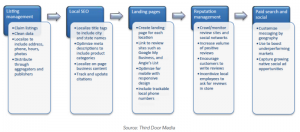 Growth is great, but it can be painful too. It often brings uncomfortable change when you discover you’ve outgrown your resources and what you’ve had is no longer enough to keep up the pace. Most in the identity management field are feeling these growth twinges as digital business proliferates into every avenue, channel, nook and cranny of enterprises. In the past, a customer purchased a product in a store and only presented payment for an item or a service. In most cases, the interaction was purely transactional with no exchange of personal data. In this world, identity management had no role in commerce; it served strictly as an internal human resource function.
Growth is great, but it can be painful too. It often brings uncomfortable change when you discover you’ve outgrown your resources and what you’ve had is no longer enough to keep up the pace. Most in the identity management field are feeling these growth twinges as digital business proliferates into every avenue, channel, nook and cranny of enterprises. In the past, a customer purchased a product in a store and only presented payment for an item or a service. In most cases, the interaction was purely transactional with no exchange of personal data. In this world, identity management had no role in commerce; it served strictly as an internal human resource function.
It’s different in the digital world. Now customer interactions require knowing whom the customer is in order to process payment, ship goods, present relevant offers, and improve customer experience. As a result, managing consumer identity assets has been added to the IT team’s purview, and managing customer data is distinctly different than managing workforce identities.
Some have tried to repurpose their traditional workforce identity and access management platforms, and they are discovering the limitations. As an industry, we are just beginning to fully understand the implications of customer-facing identity demands in a digital world where new devices are flooding into the market daily, mobile apps are quickly dominating the ways in which customers expect to interact with businesses, and the Internet of Things is speeding toward us like a bullet train that can’t be stopped.
Analysts such as Gartner have been conducting research to help businesses understand what is required to meet industry demands now and what will be required to remain competitive as things quickly evolve in the not-too-distant future. A recent report by Gartner, Finding the Right Consumer IAM Products, reveals some interesting findings for any business grappling with how to manage and secure a growing mass of customer identities.
One truth that emerged from the research is that if you are challenged with adding consumer IAM solutions to your infrastructure, you’re not alone. According to Gartner, by 2018 50% of IT/IAM programs will be responsible for both enterprise and consumer infrastructure. Today, the percentage is less than 20%. It’s a significant jump in a short time period.
Gartner further shares some common characteristics of consumer IAM relative to traditional workforce-facing IAM. Here are just a few to consider as you weigh different consumer identity and access management vendors:
- Emphasis on self-service, including account creation
- Allow profile information to evolve over time
- Social media integration for registration and login
- Adaptive access control required in cases involving sensitive data
- High user volume, infrequent user access
There are many other characteristics included in the report, along with guidance on the technology capabilities needed to address them and a list of the vendors who provide solutions. In short, the key functionalities of successful IAM solutions are support for customer experience management, scale and performance, Web and mobile access and uncompromising security. These features will give you the capabilities necessary to manage customer identities in ways that enhance customer experience and ultimately grow your business.
Check out this video in which UnboundID CEO Steve Shoaff and Gartner Analyst Lori Robinson share what you should know about the differences between traditional IAM and customer identity management.
This article was originally published on the UnboundID Blog.
(236)









